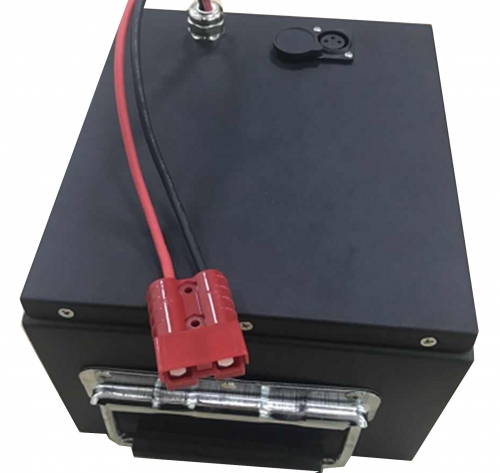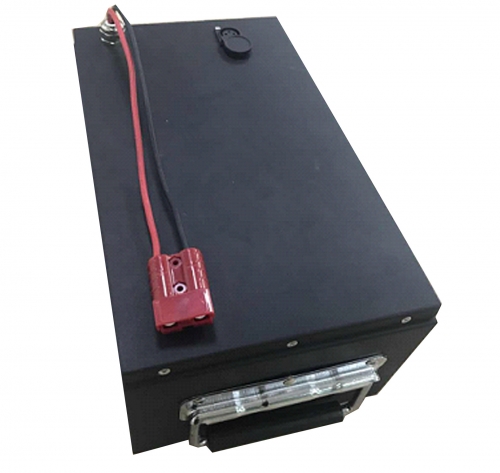Customized lithium batteryAfter the cell is overcharged to a voltage higher than 4.2V, side effects will begin to occur. The higher the overcharge voltage, the higher the danger. Customized lithium battery After the cell voltage is higher than 4.2V, the number of lithium atoms remaining in the positive electrode material is less than half, and the storage cells often collapse at this time, causing the battery capacity to decrease. If charging continues, since the storage cells of the negative electrode are already full of lithium atoms, subsequent lithium metal will accumulate on the surface of the negative electrode material. These lithium atoms will grow dendrites from the surface of the negative electrode toward the direction of the lithium ions. These lithium metal crystals will pass through the separator paper, causing the positive and negative electrodes to short-circuit. Sometimes the battery explodes before a short circuit occurs. This is because during the overcharging process, the electrolyte and other materials will decompose to produce gas, causing the battery shell or pressure valve to swell and rupture, allowing oxygen to enter and react with the lithium atoms accumulated on the surface of the negative electrode, and then explode. Therefore, when charging a lithium battery, it is necessary to set an upper voltage limit to take into account the battery life, capacity, and harmlessness at the same time. The ideal upper limit of charging voltage is 4.2V. There must also be a lower voltage limit when discharging a lithium battery. When the battery voltage is lower than 2.4V, some materials will begin to be damaged. Because the battery will self-discharge, the longer it is discharged, the lower the voltage will be. Therefore, when discharging, do not stop at 2.4V. During the period when a lithium battery is discharged from 3.0V to 2.4V, the energy released only accounts for about 3% of the battery capacity. Therefore, 3.0V is an ideal discharge cut-off voltage.
Customized lithium batteryDuring charging and discharging, in addition to voltage restrictions, current restrictions are also necessary. When the current is too large, customized lithium battery will not have time to enter the storage cell and will gather on the surface of the material. After these lithium ions obtain electrons, lithium atoms will crystallize on the surface of the material, which is the same as overcharging and will cause danger. If the battery shell is broken, it will explode.
Therefore, the protection of custom lithium batteries must at least include: upper limit of charging voltage, lower limit of discharging voltage, and upper limit of current. In general, in addition to the customized lithium battery cells, there will be a protection board in the customized lithium battery pack, which mainly provides these three protections. However, these three protections of the protection board are obviously not enough, and lithium battery explosions are still frequent around the world. To ensure the stability of the battery system, it is necessary to conduct a more careful analysis of the causes of battery explosions, so that the lithium battery can be better protected and play its role.








